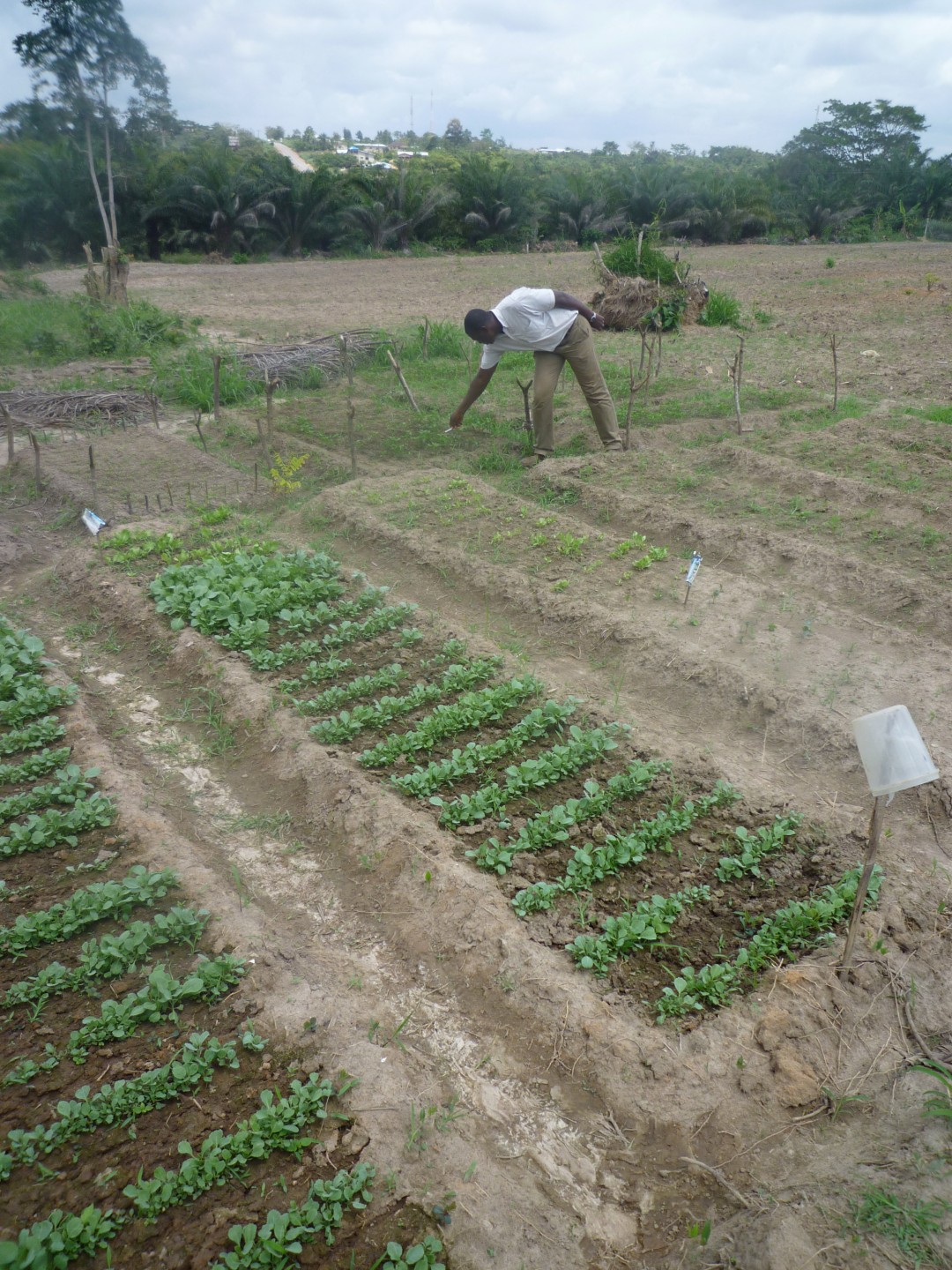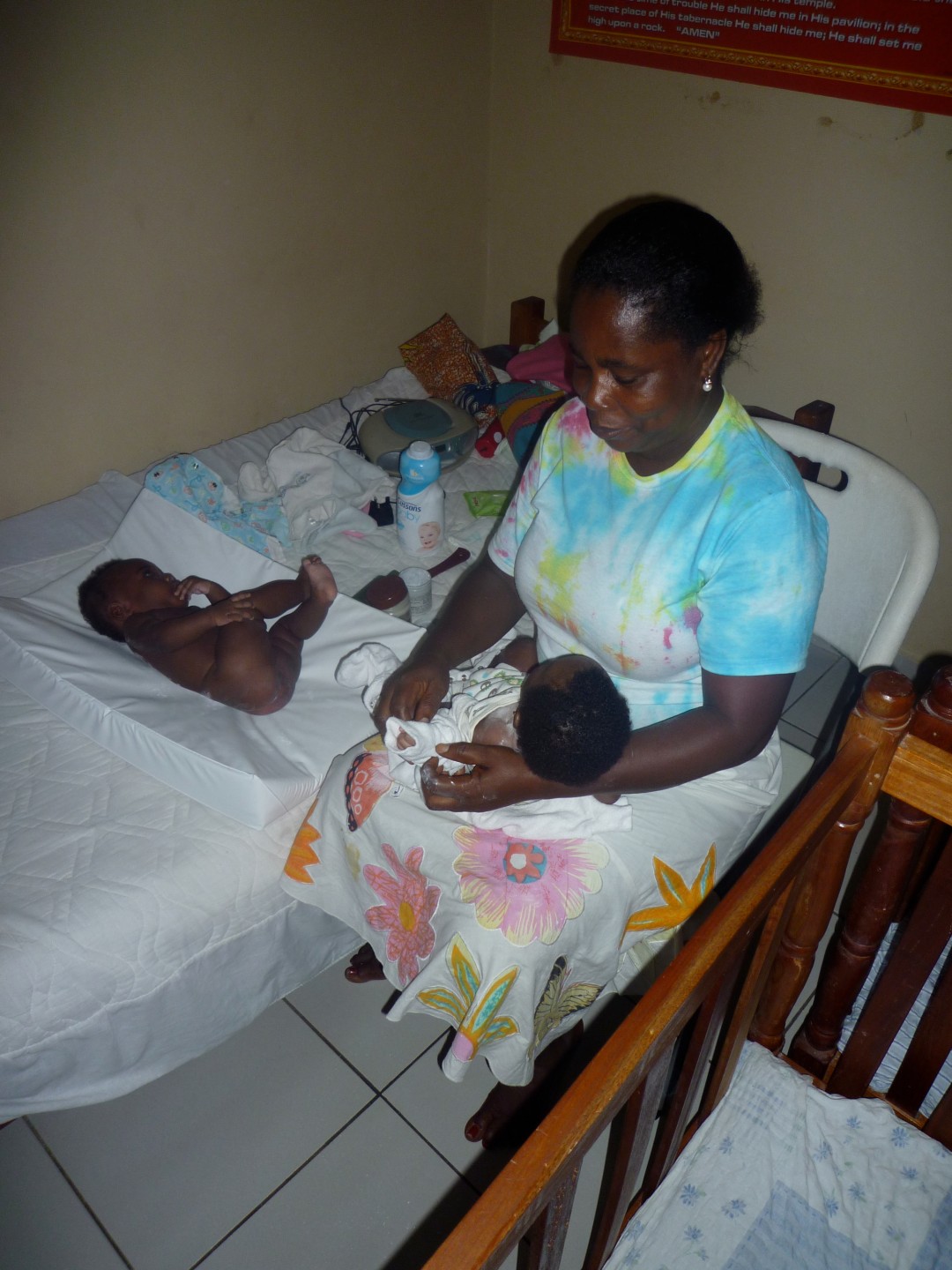Funding for an orphanage
SOL-GH received an exceptional five-year contribution towards the operating costs of the Anwiankwanta orphanage. This aimed to give it time to put in place a sustainable financial model, less dependent on external funds. The NGO planned to launch an agricultural project where the produce would be consumed by the orphans and the surplus sold, and to develop income sufficient for the longer term.
SOL-GH developed a number of initiatives aimed at reducing dependence on external financing. The agricultural project was launched in 2012 and the area of land cultivated increased. By the end of the project, it was producing vegetables, basic food stuffs and oranges – produce which was consumed by the orphans, sold at the local market or preserved. In September 2017, the orphanage opened a primary school with six classes, including local paying students. This contributed to the institution’s budget. The school expected to be profitable within two years (2019). The government implemented a national family re-settlement strategy for orphans, reducing the number of orphans at the home from 90 to 60, which in turn reduced costs. The trend was set to continue. By the end of 2017, SOL-GH aimed to have local financial support cover 20% of the costs, with a plan to cover 40% in 2018 and 60% in 2019.
The organisation Save Our Lives – Ghana (SOL-GH) was founded in 2001 by Paulina Opei to administer the orphanage she founded in Ghana. It aims to provide orphans with a stable environment and decent family life, allowing them to grow and blossom.
Type
EducationDuration
June 2012 – June 2017Location
GhanaWith whom
Save Our Lives – Ghana (SOL-GH)
Website


Ghana
Population
28.8 million (2017)
Per Capita Income
USD 1'880/year (2017)
Poverty rate *
23% (2017)
Literacy rate
71% (2016)
Human Development Index
140th out of 189 countries (2018)
Renowned for its stability and democratic governance Ghana has made great progress over the past 20 years in reducing poverty and hunger among its population. Its economy is growing ahead of the average for the Africa region. This is reflected in gradual improvements in the efficiency of public institutions. Although primary school enrolment has reached 100 %, secondary school enrolment lags at 60% for male students and 47% for female students. Health care varies widely across the country with huge inequalities between the north and south of the country and between urban centres, generally well served, and rural areas often with no health care at all. Similarly, water supply and sanitation still face a number of challenges, mainly due to neglect until the 1990s.
Sources: World Food Program, UNICEF, World Bank, 2016 Human Development Report, Human Development Indices and Indicators (2018 Statistical Update)
*The percentage of the population living below the national poverty line.